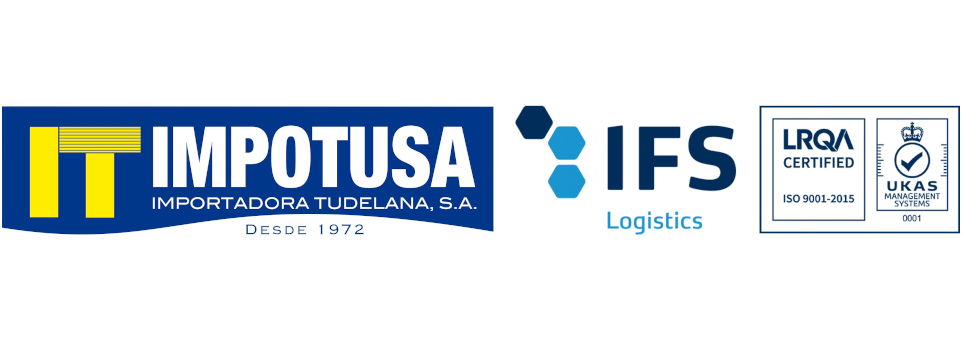- Offers
- 2626 views
In environments with risks to your feet, choosing the right footwear is not a luxury, it is a necessity. Safety boots are your best ally to prevent serious injuries at work . But how to find the ideal ones for you?
In this article, we will guide you through the key features you should consider when choosing safety boots that will provide you with maximum protection and comfort.
What are safety boots?
Before getting to know what are the essential characteristics that all safety boots must have to efficiently protect a worker, we must understand what they are.
Safety boots are a specific type of footwear designed to provide additional protection to the feet in work environments that present various risks, such as falls from heavy objects, exposure to chemicals, slippery surfaces, or risk of puncture from sharp objects. These boots are built with robust materials and have special features that make them safer and more resistant than conventional footwear .
Key Features of Safety Boots
In work environments where safety is paramount, the right choice of footwear can make the difference between a safe work day and one full of risks. Safety boots are designed to provide comprehensive protection while maintaining the wearer's comfort and mobility. Below we will explain in detail the key features you should consider when choosing the right safety boots for your work environment:

1. Impact and compression protection
In many work environments, one of the most significant risks is the possibility of injury due to impact or compression . This is why safety boots must be made with robust materials that provide protection against heavy objects that may fall or slide on your feet. It is advisable to look for boots with reinforced steel or composite toe caps that comply with current safety regulations .
2. Puncture resistance
Sharp objects on the ground are a considerable risk to workers, especially in construction or industrial environments. For this reason, safety boots should have puncture-resistant soles to prevent foot injuries caused by nails, glass, or other sharp objects. Soles with anti-puncture technology, such as those made with Kevlar, represent an excellent choice to offer this additional protection.
3. Non-slip sole
In many workplaces, it is common to find slippery surfaces such as wet or oily floors, which increases the risk of falls and injuries. For this reason, safety boots must have soles specifically designed to provide superior grip in different conditions , thus reducing the danger of slipping and tripping. It is advisable to opt for boots with sticky rubber soles or that incorporate proven non-slip technology .
4. Comfort and support
In addition to guaranteeing protection, it is essential that safety boots are comfortable even during long days . It is advisable to look for boots that provide optimal fit , arch support , and adequate cushioning to reduce fatigue and prevent musculoskeletal injuries. Likewise, it is important to take into account the breathability of the material to prevent the accumulation of sweat and ensure that your feet stay dry and comfortable.
5. Compliance with regulations
It is vitally important to verify that safety boots comply with the safety regulations and standards established by the competent authorities. Make sure the boots are CE marked and meet the safety standards specific to your industry or country . This will ensure that the footwear has been tested and certified to provide the protection needed in the workplace.
6. Durability and resistance
Another essential factor to take into account is the durability of the footwear. Safety boots must be able to withstand daily wear and tear in demanding environments without compromising their structural integrity. Look for high-quality materials and a robust construction that guarantees the longevity of the shoe. Also, check that the seams are reinforced and that all components are well assembled to prevent possible premature failure.
7. Flexibility and mobility
Although protection is a priority, safety boots should not limit the user's mobility or flexibility . Look for boots that allow a wide range of motion without imposing excessive restrictions. Adequate flexibility is especially crucial in jobs that involve bending, climbing, or performing repetitive movements. Choose boots that provide protection without compromising comfort and freedom of movement.
8. Custom fit
Footwear fit needs and preferences vary among workers. When selecting safety boots, look for options that provide custom fit features, such as adjustable laces, Velcro closures, or quick-fit systems. A proper fit is crucial to ensuring the comfort and effectiveness of safety boots , so be sure to try different sizes and styles to find the best option for you.
If you want to increase safety in your company and prevent your employees from incurring potential accidents, Impotusa is your place. We have safety boots to take care of your workers as they deserve. Get in touch with us , we can help you!






